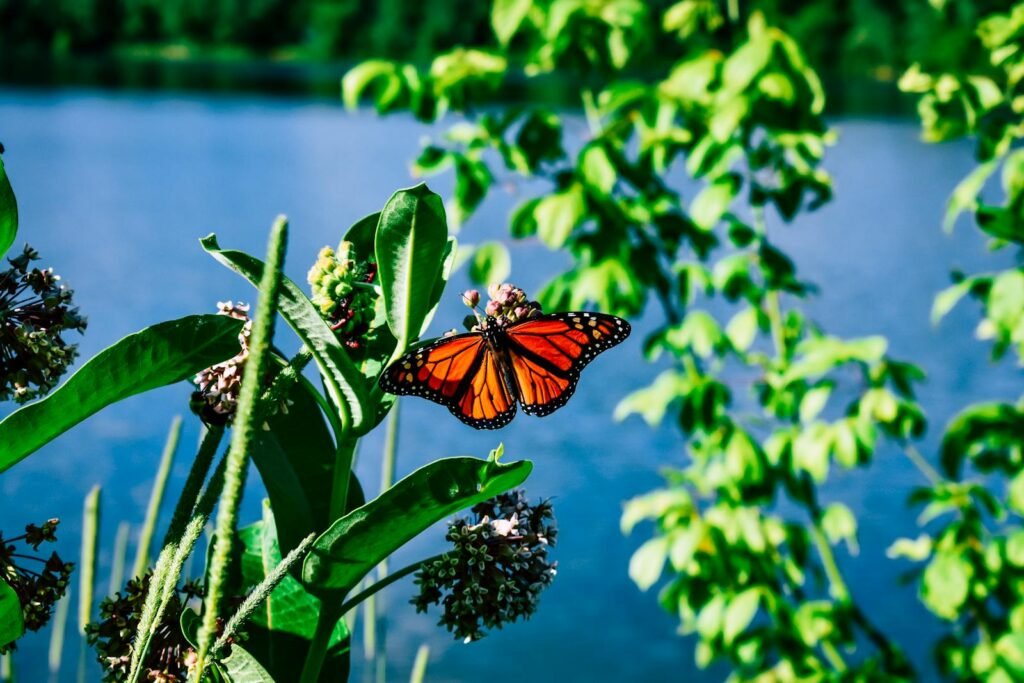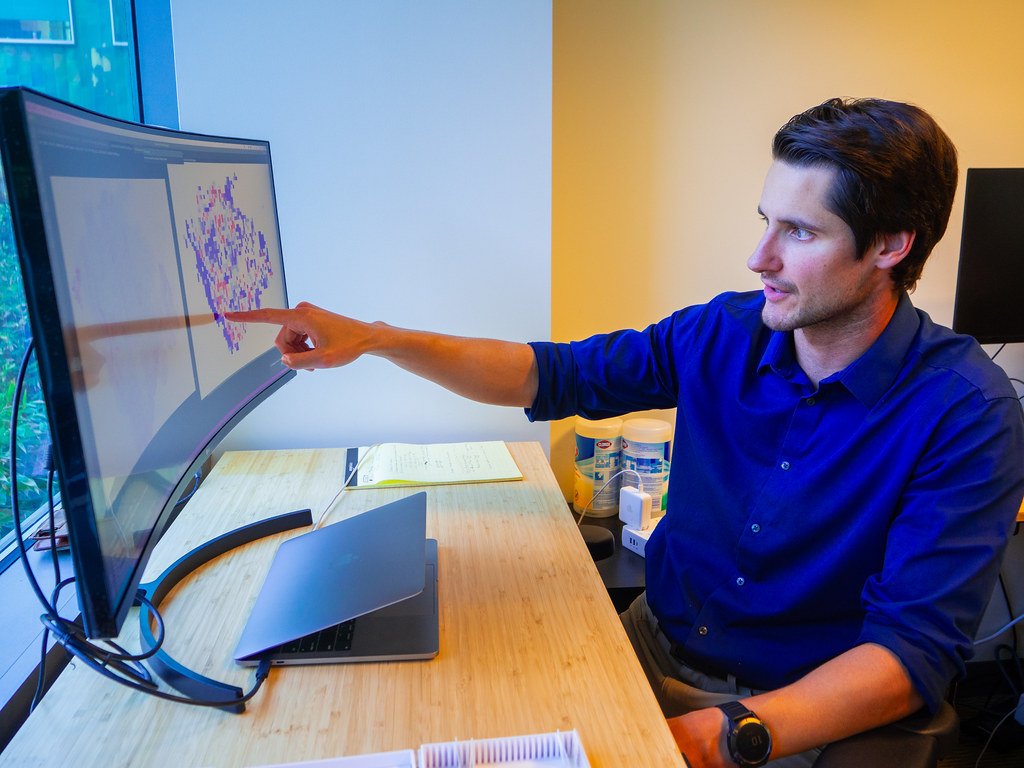The wind whispers secrets through the towering rainforests of Haida Gwaii, a remote archipelago off the coast of British Columbia. Imagine standing on a rocky shoreline, staring at the same wild Pacific that ancient people once gazed upon. Now, picture unearthing a simple stone blade buried beneath layers of earth, holding in your palm a direct link to the very first footsteps on North American soil. Recent discoveries in Haida Gwaii have turned our understanding of human migration upside down, hinting that these islands might have been among the earliest places settled on the continent. The story of these ancient tools is not just about stone and bone—it’s about resilience, ingenuity, and a journey that changed humanity forever.
Haida Gwaii: A Land Frozen in Time
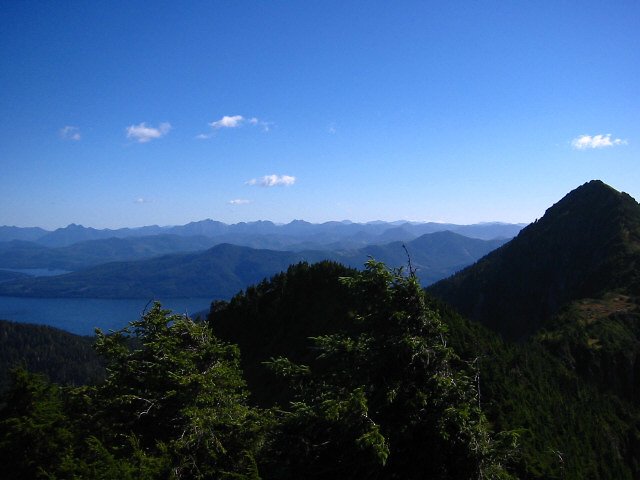
Haida Gwaii, sometimes called the “Canadian Galápagos,” is a stunning, isolated chain of islands blanketed in old-growth forests and surrounded by tumultuous seas. For thousands of years, these islands have been home to the Haida people, whose culture is as rich and deep as the forests themselves. What makes Haida Gwaii truly unique is its ancient landscape, shaped by glaciers and rising seas, preserving evidence of human life dating back thousands of years. The islands’ remote location helped keep many archaeological sites undisturbed, acting like a natural time capsule. Every moss-covered boulder and windswept beach holds a piece of this region’s untold story. Today, scientists believe these islands could be the missing puzzle piece in the broader tale of human migration into the Americas.
The First Discoveries: Unearthing the Past
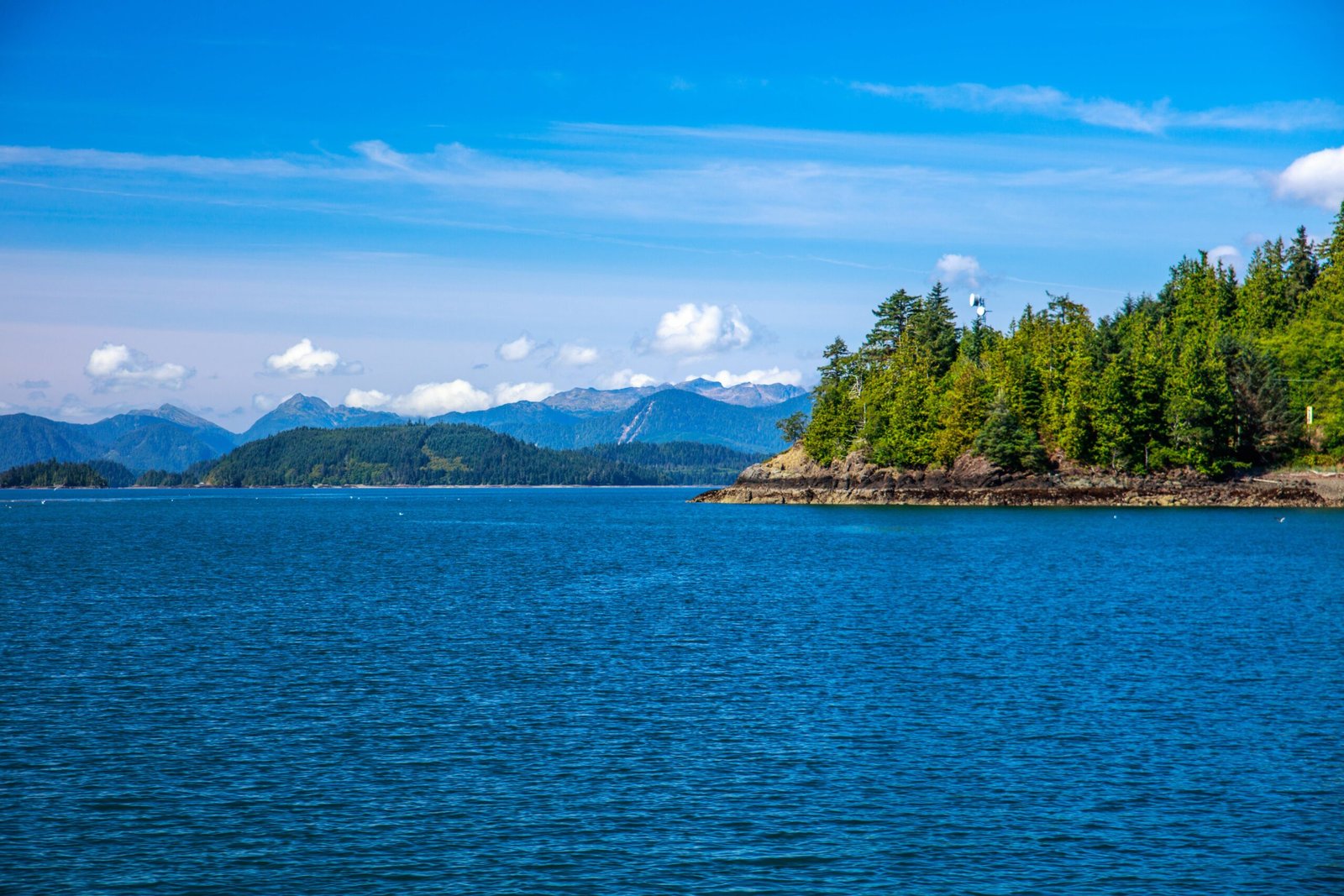
It all began with a few scattered finds: a sharpened stone here, a bone fragment there. Archaeologists digging along the Gwaii Haanas coastline stumbled upon tools that didn’t fit any known timeline. These artifacts were far older than expected, dating back at least 13,000 years—possibly even earlier. Each discovery was like a breadcrumb, leading researchers deeper into the mystery. The excitement grew as more sophisticated tools emerged, revealing evidence of a thriving, resourceful community. The sheer age of these finds sparked debates, as they challenged long-held beliefs about when and how people first arrived in North America.
The Clovis Barrier and Its Collapse
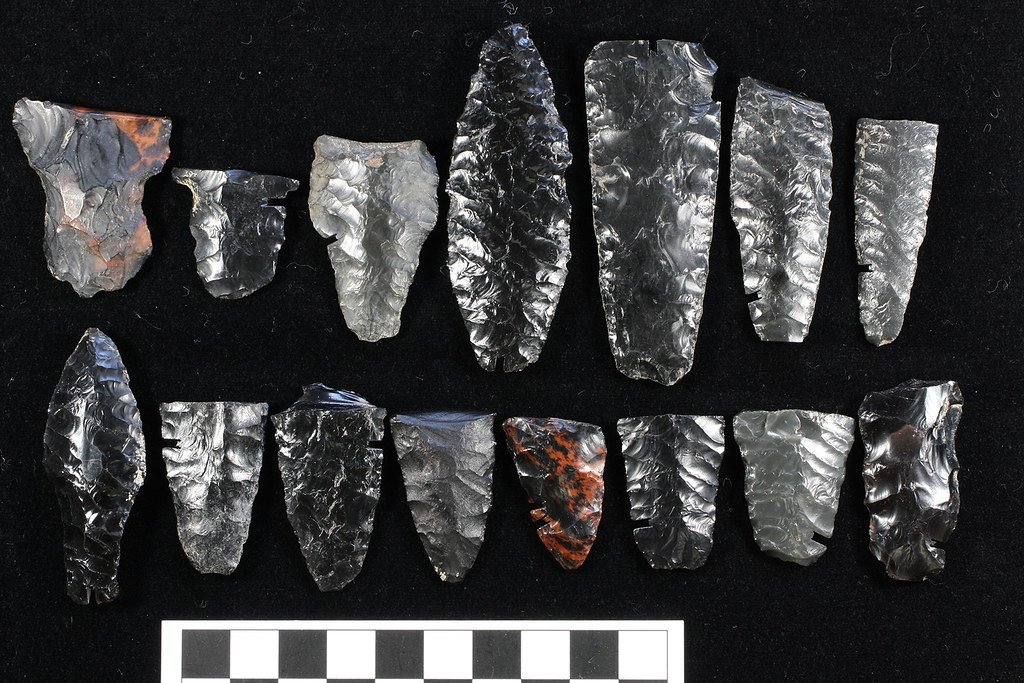
For decades, the “Clovis First” theory reigned supreme. According to this idea, humans crossed into North America via a land bridge from Siberia about 13,000 years ago, spreading southward with their distinctive spear points. But the tools found in Haida Gwaii, predating Clovis technology, shattered this narrative. These ancient implements suggest that people may have arrived along the coastline much earlier, using boats and following the rich marine resources. The so-called Clovis barrier—the belief that nothing came before—has crumbled, replaced by a dynamic new picture of early migration along the Pacific Rim.
What Makes Haida Gwaii’s Tools Unique?
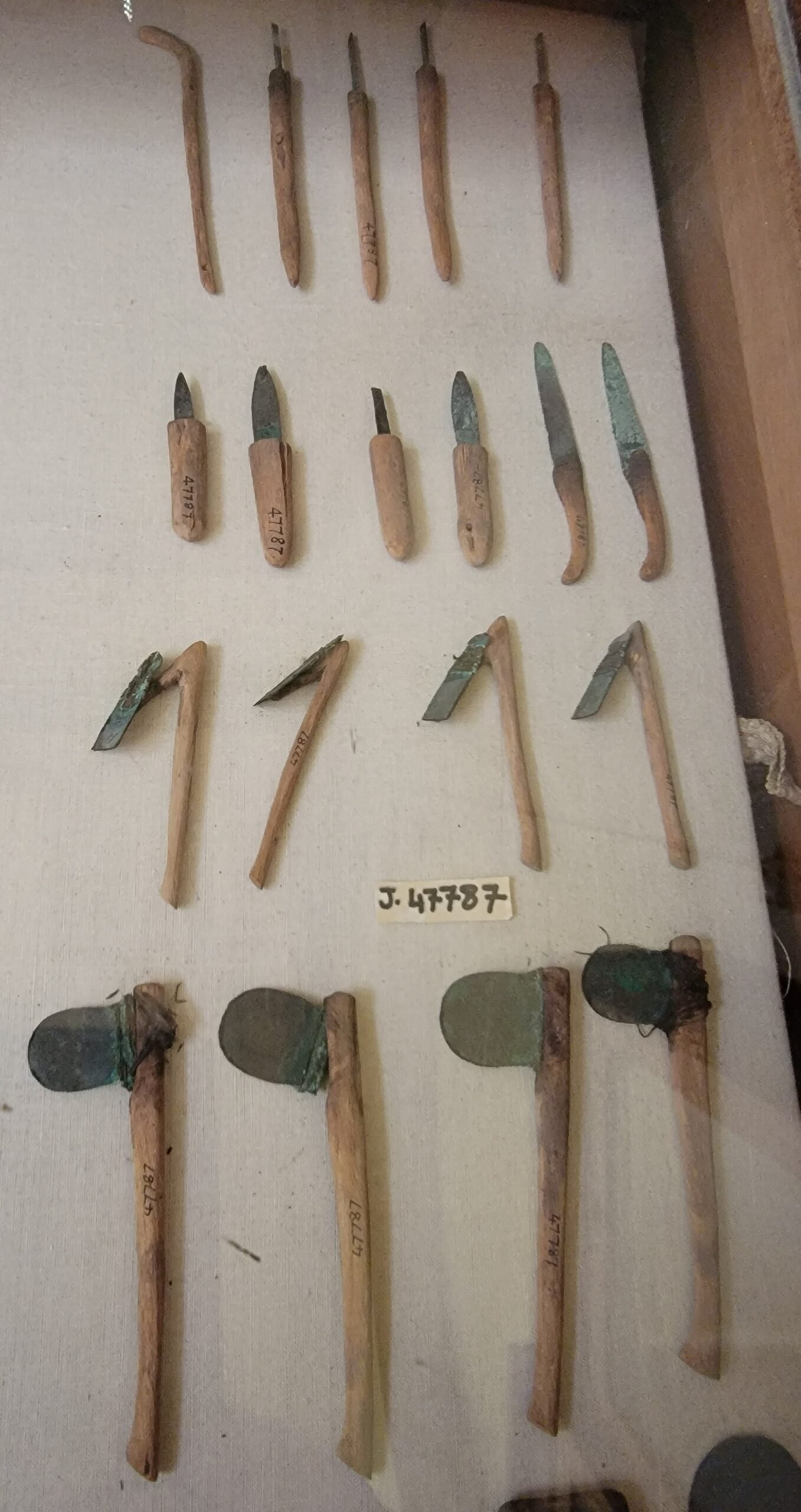
The tools found in Haida Gwaii aren’t just old; they’re remarkably sophisticated for their time. Researchers have uncovered finely crafted microblades, scrapers, and projectile points, some made from obsidian carried over long distances. These artifacts show a deep understanding of local materials and environments. Unlike the large, fluted Clovis points of the interior, the Haida Gwaii tools are often small, sharp, and suited to processing fish and sea mammals. This specialization hints at a community deeply adapted to coastal living, thriving where land and sea meet.
Life on the Edge: Surviving in an Ancient Archipelago
Imagine braving the wild Pacific in a hand-carved canoe, hunting seals and gathering shellfish beneath ancient cedar trees. Early settlers in Haida Gwaii faced fierce storms, shifting tides, and a rugged, unpredictable landscape. Yet they not only survived—they thrived. Archaeological evidence shows they built sturdy shelters, fashioned waterproof clothing from animal hides, and developed ingenious fishing methods. These early islanders left behind vast shell middens, stone hearths, and the remains of well-organized villages. Their ability to adapt to a challenging environment speaks to their creativity and determination.
Sea Level Changes: The Shifting Map of Haida Gwaii
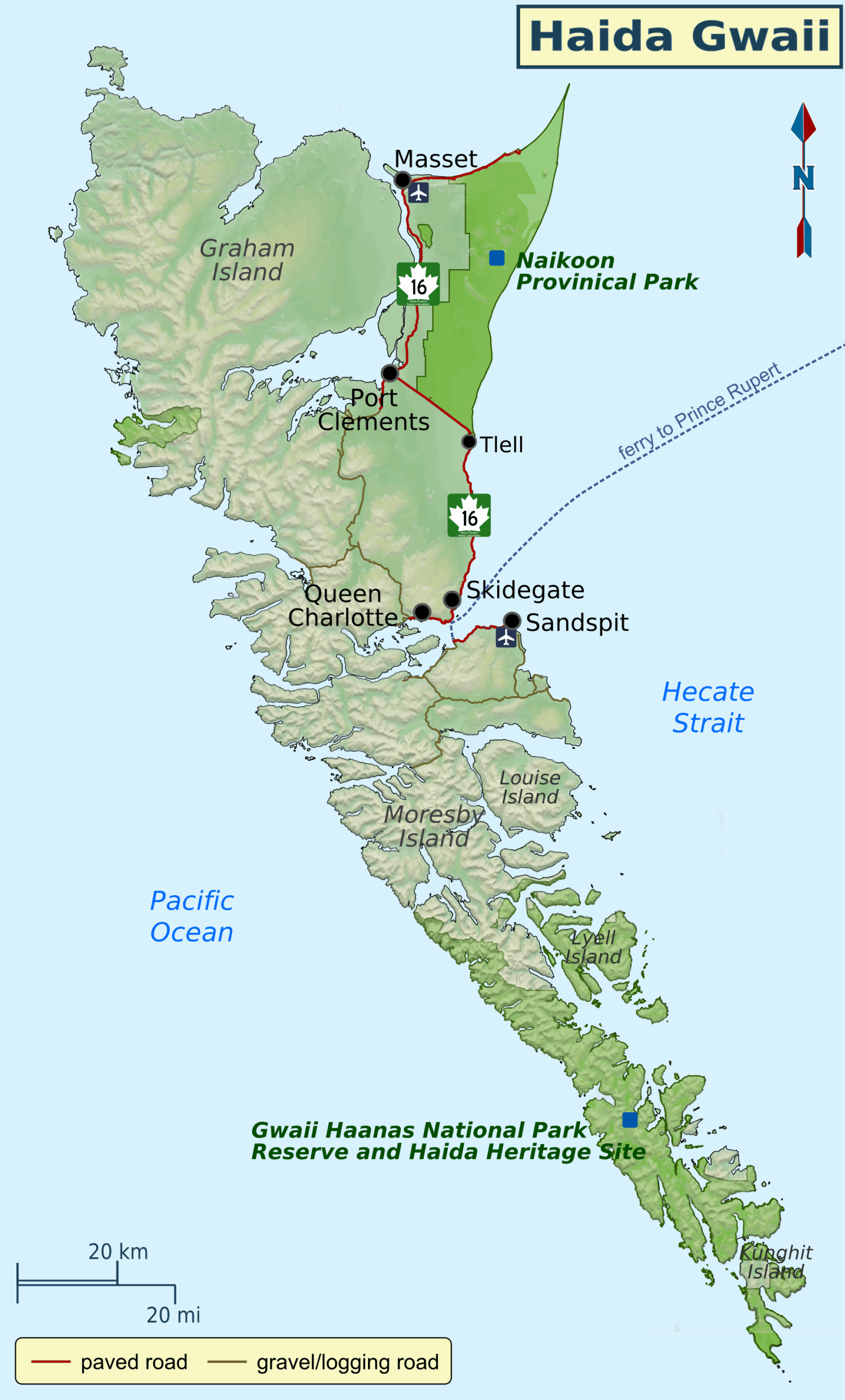
The Haida Gwaii we see today looks very different from the islands first settled by humans. During the last Ice Age, sea levels were much lower, exposing a wider, more connected landscape. As the glaciers melted, the ocean slowly crept in, drowning ancient shorelines and erasing early settlements. Yet, some archaeological sites have survived this watery fate, preserved beneath layers of sediment or hidden in caves. Studying these submerged landscapes is like piecing together a jigsaw puzzle with missing edges—but each new find brings the ancient map back into focus.
Following the Kelp Highway: A Coastal Migration Route
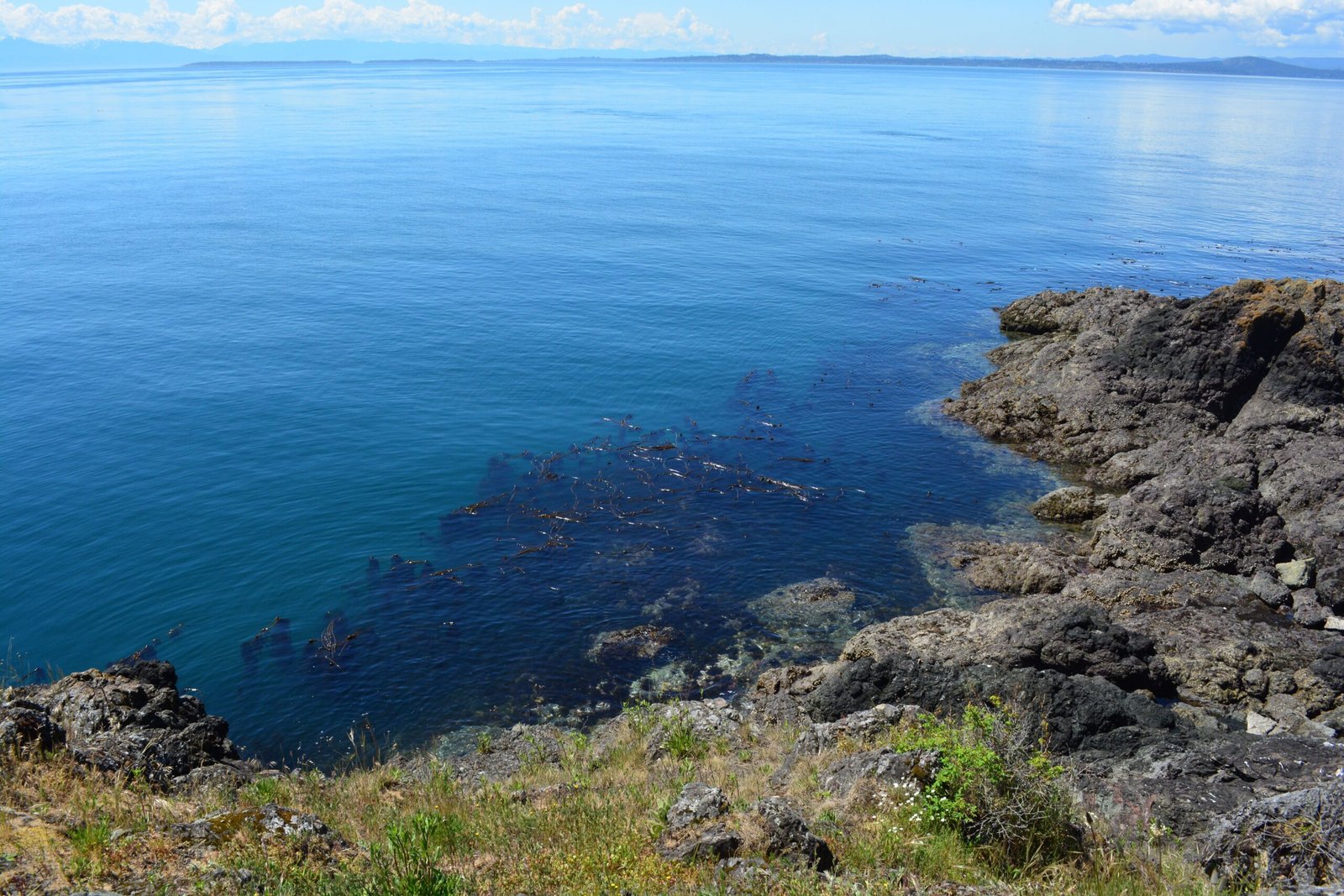
One of the most exciting ideas to emerge from Haida Gwaii research is the “Kelp Highway” hypothesis. Scientists propose that early humans may have followed rich kelp forests along the Pacific Rim, traveling by boat from Asia to the Americas. These underwater forests provided food, shelter, and navigation cues, making them a natural highway for adventurous migrants. The tools and settlements found in Haida Gwaii fit this theory perfectly, suggesting these islands were a vital stopover for the first Americans. The Kelp Highway challenges our traditional, land-focused views and highlights the importance of the sea in shaping human history.
The Role of Oral Tradition: Haida Voices Across Time
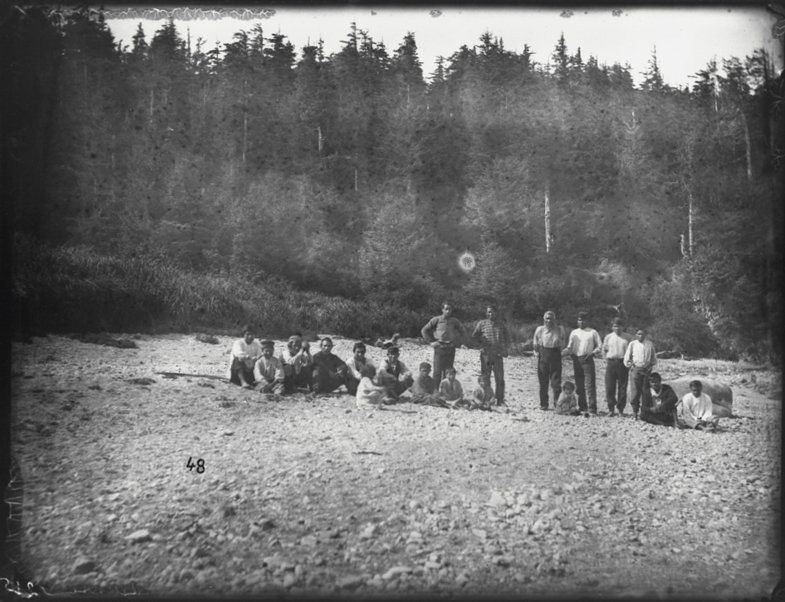
Long before archaeologists arrived, the Haida people told stories of ancient migrations, lost lands, and ancestors who walked across vast plains now swallowed by the sea. These oral histories, passed down through generations, mirror the scientific discoveries unfolding today. Haida elders speak of times when islands were connected, and people traveled freely between them. By listening to these voices, researchers gain not only facts but a living sense of the land’s spirit. The blending of science and tradition enriches our understanding, reminding us that the past is not just a collection of artifacts but a tapestry of memory and meaning.
Dating the Evidence: How Old Are the Tools?
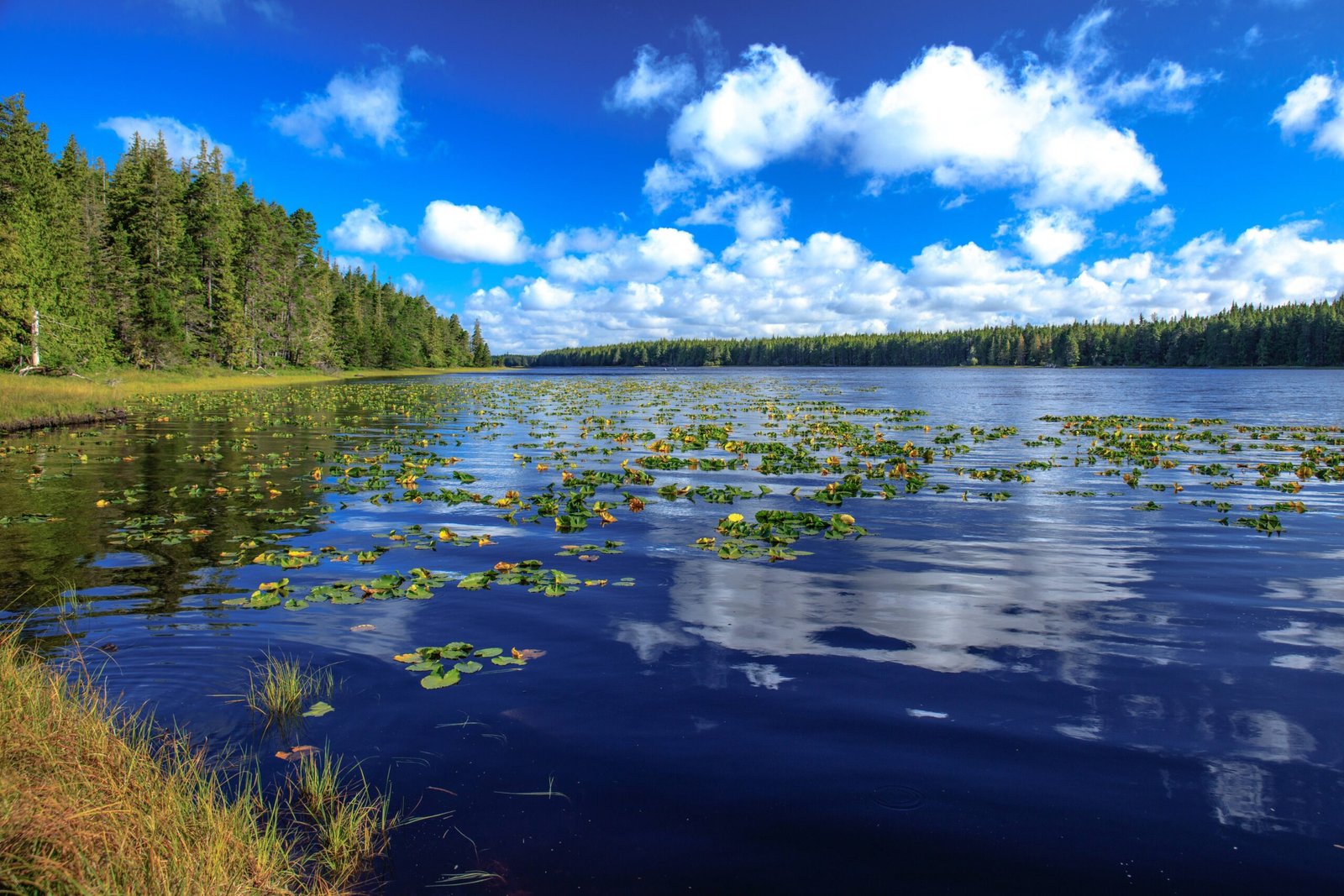
Pinpointing the age of ancient tools is no easy feat. Scientists use a blend of radiocarbon dating, stratigraphy, and even DNA analysis to unravel the timeline. Charcoal from ancient hearths, animal bones, and plant remains all help tell the story. Some sites in Haida Gwaii have yielded dates as old as 13,600 years before present, pushing the boundaries of what we thought possible. These results are always double-checked and debated, but the trend is clear: Haida Gwaii’s history stretches far back into the mists of time, possibly rivaling the oldest known sites in the Americas.
Marine Resources: The Bounty of the Sea
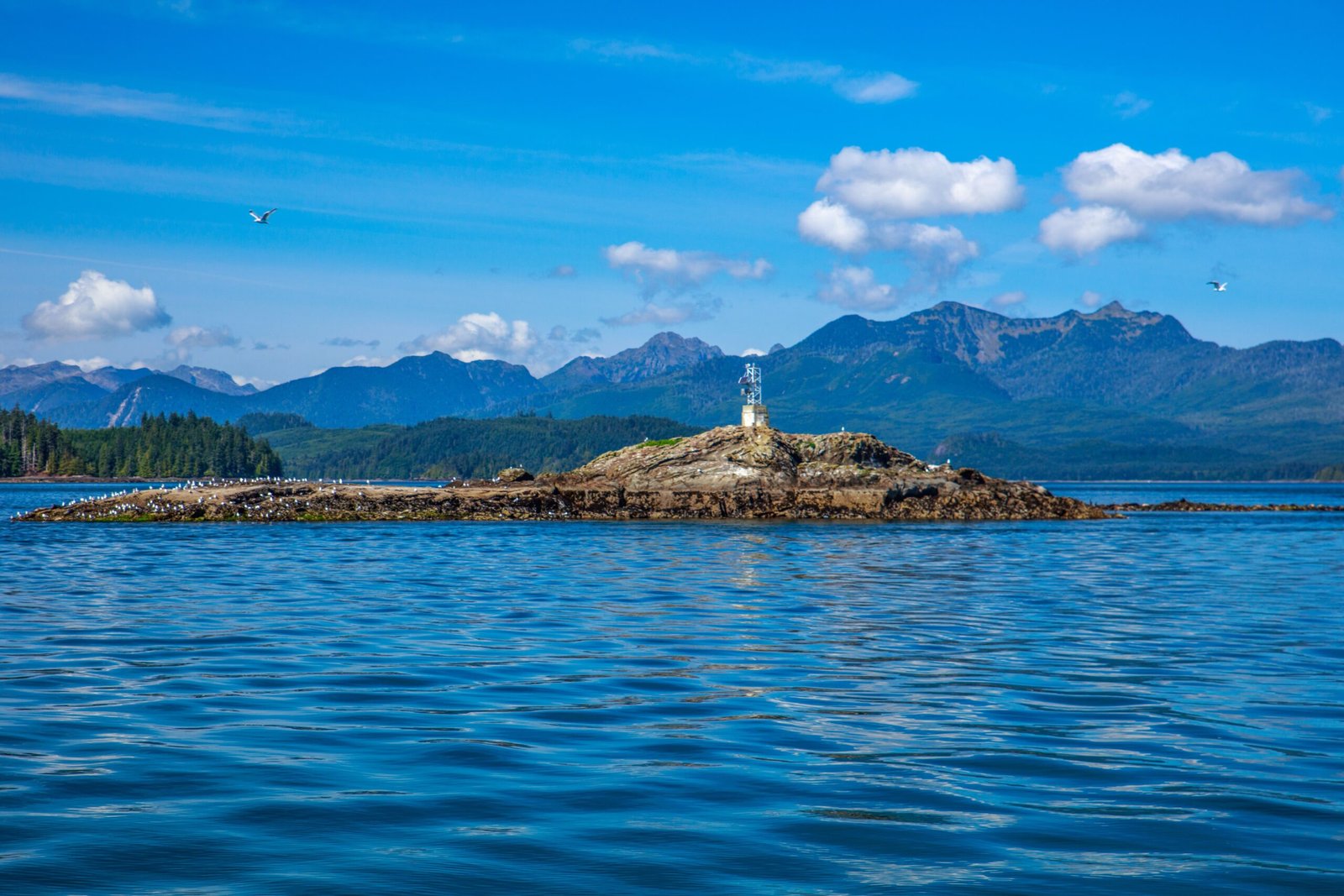
What drew people to Haida Gwaii in the first place? The answer lies in the sea. The islands’ rocky coasts teem with fish, shellfish, seals, and sea birds—a veritable buffet for ancient gatherers. Early settlers learned to harvest herring by the millions, hunt sea lions, and collect edible seaweeds. Archaeological digs have uncovered vast piles of discarded shells, bones, and fishing tools, painting a vivid picture of a maritime culture. The ocean’s bounty not only provided food but shaped the very rhythms of daily life, anchoring people to these islands for millennia.
Haida Gwaii and the Peopling of the Americas
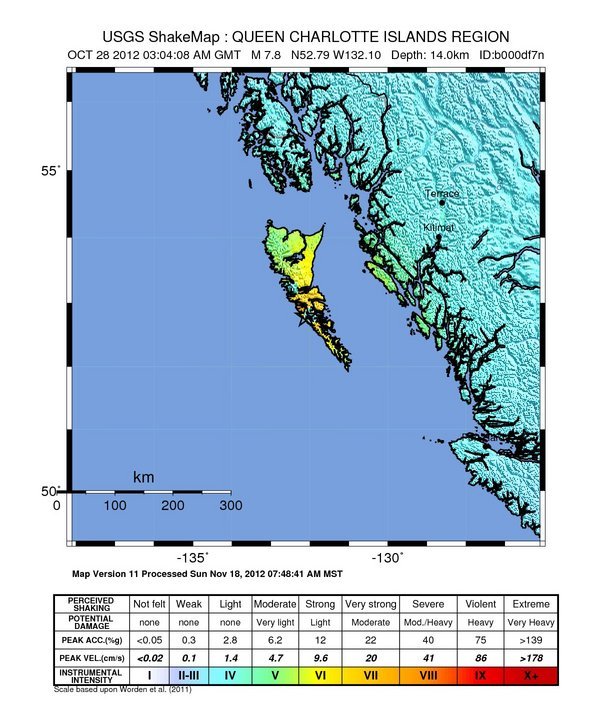
The story of Haida Gwaii is more than local history—it’s a key chapter in the epic tale of human migration. If these islands were settled so early, they may have served as a launchpad for further journeys down the Pacific Coast. This challenges the old idea of a single wave of migration through the ice-free corridor and suggests a more complex, multi-route peopling of the Americas. Each new discovery in Haida Gwaii forces us to rethink the timelines, routes, and motivations of our earliest ancestors.
Technology and Ingenuity: Tools of Survival
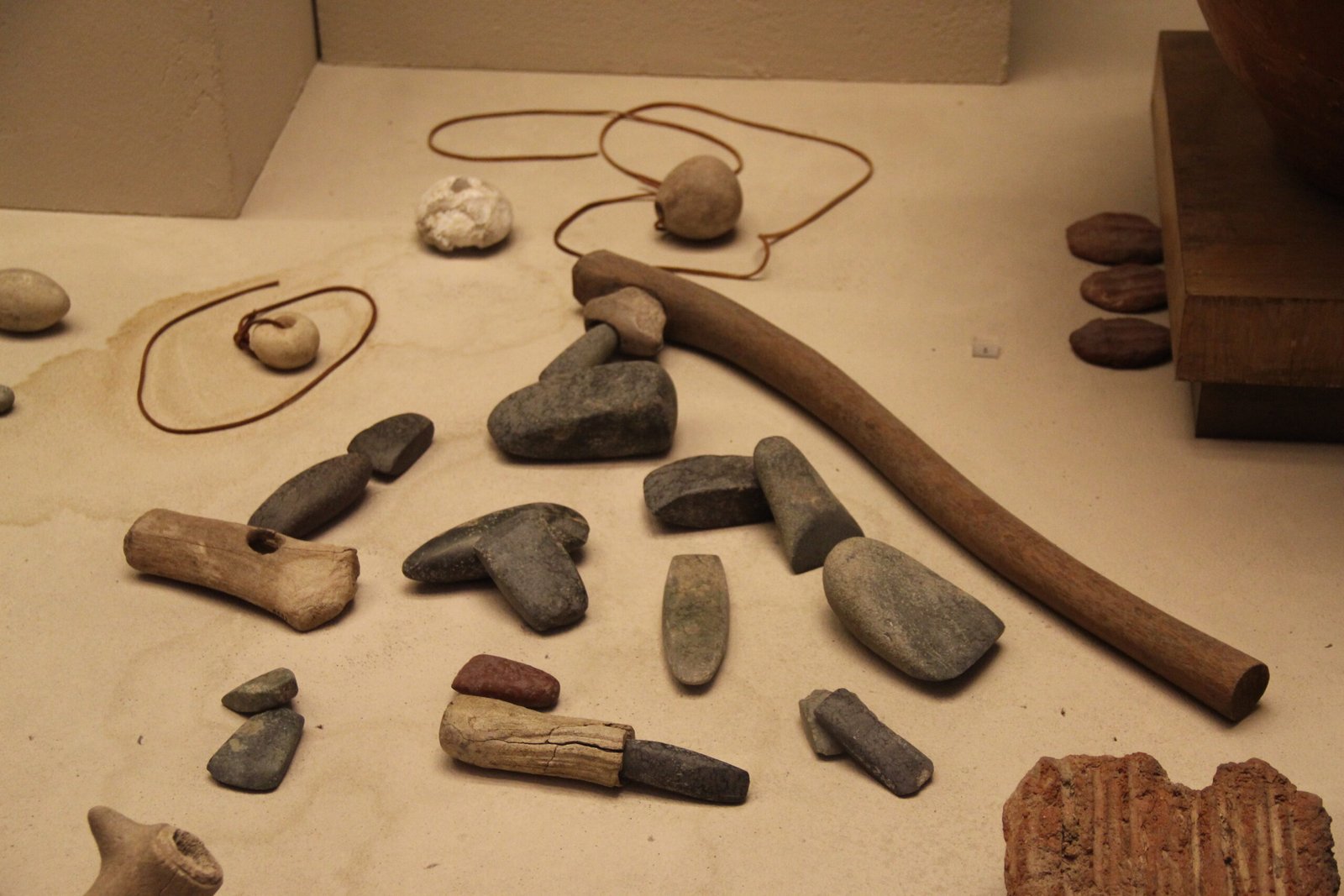
From razor-sharp microblades to water-tight baskets, the technology of ancient Haida Gwaii settlers was astonishingly advanced. They developed specialized gear for every activity—fishing, hunting, woodworking, and food storage. Stone adzes shaped monumental cedar logs into canoes and houses, while bone and antler tools performed delicate tasks. These inventions were not isolated but part of a broader tradition, showing connections to distant cultures across the North Pacific. The creativity and adaptability of these early people rivals any modern innovation.
Climate Change: Lessons from the Ancient Past
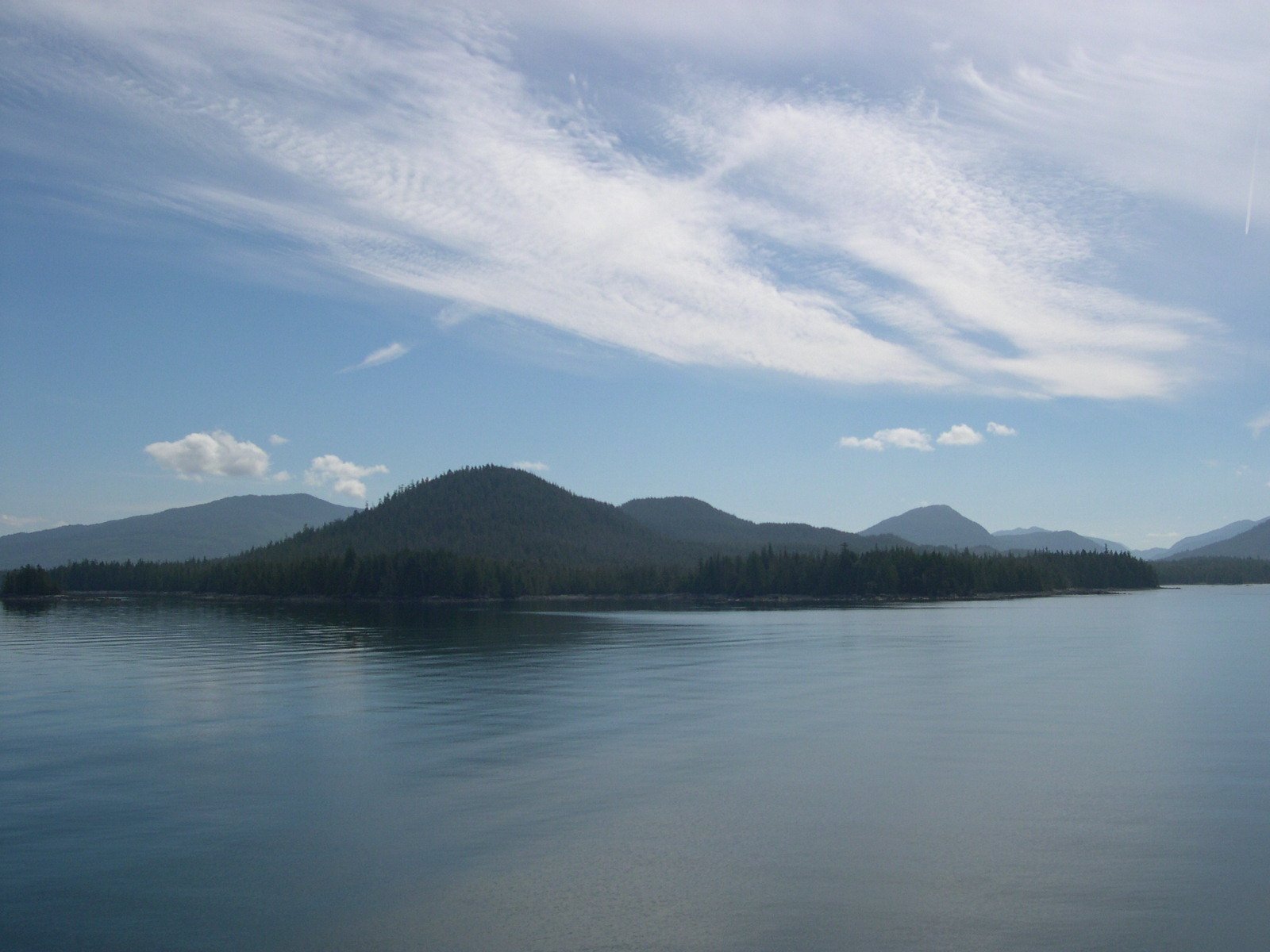
As the planet warms and sea levels rise, Haida Gwaii’s ancient story takes on urgent new meaning. The islands themselves are a living laboratory, showing how human societies adapt to environmental upheaval. Thousands of years ago, settlers coped with melting glaciers, shifting coastlines, and changing ecosystems. Their survival strategies—flexibility, cooperation, and deep ecological knowledge—offer lessons for our own uncertain future. The past and present are intertwined, urging us to listen to the wisdom hidden in the land.
Recent Breakthroughs: Underwater Archaeology
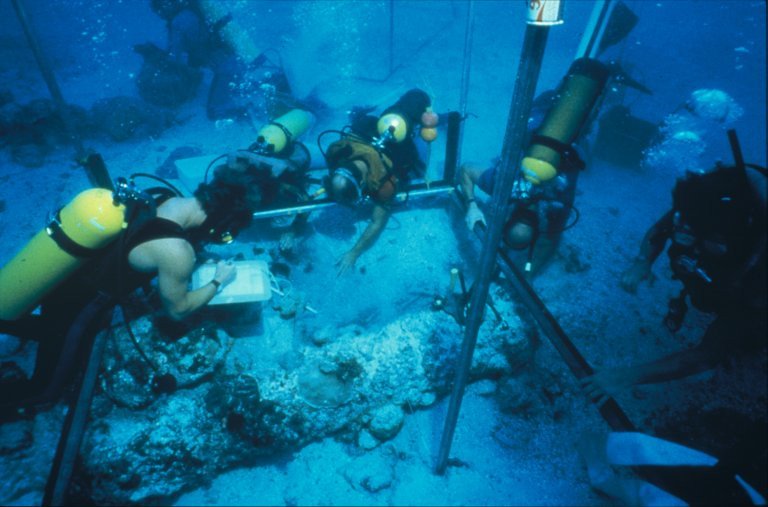
In recent years, archaeologists have taken their search beneath the waves, exploring drowned landscapes where early people once lived. Using sonar, remote-operated vehicles, and scuba gear, they’ve mapped ancient riverbeds and found tantalizing hints of human activity. Stone tools, hearths, and even footprints have been discovered offshore, preserved in the cold, dark depths. These underwater finds are rewriting the map of ancient Haida Gwaii, revealing settlements that would otherwise have been lost forever.
International Significance: A Global Puzzle Piece
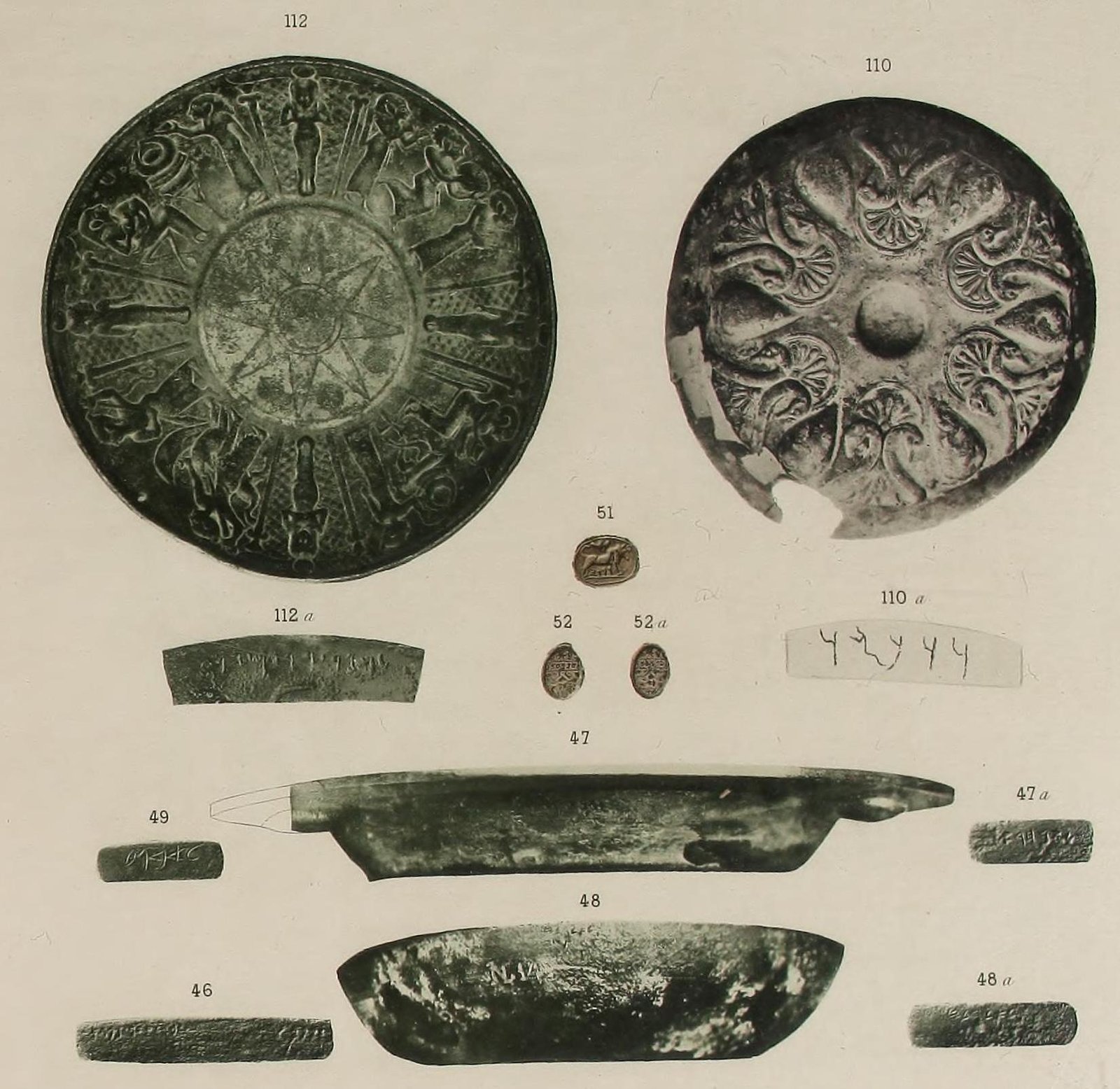
Haida Gwaii’s ancient tools aren’t just a local curiosity—they’re a crucial part of the global story of human migration. Scientists from around the world flock to these islands, drawn by the mysteries locked in stone and soil. The discoveries here connect to broader questions about how and when people first settled the Americas, and even how humans spread across the planet. Each artifact is a clue in a vast, complex puzzle, bringing us closer to understanding our shared origins.
Conservation Challenges: Protecting the Past
Preserving Haida Gwaii’s archaeological treasures is no easy task. Coastal erosion, rising seas, and human development threaten to erase sites before they can be studied. Local communities, scientists, and government agencies are working together to protect these fragile remnants, balancing the needs of heritage, tourism, and environmental stewardship. The stakes are high—a single storm can wash away millennia of history. The islands’ fate reminds us that the story of the past depends on the choices we make today.
Connection to Modern Haida Culture
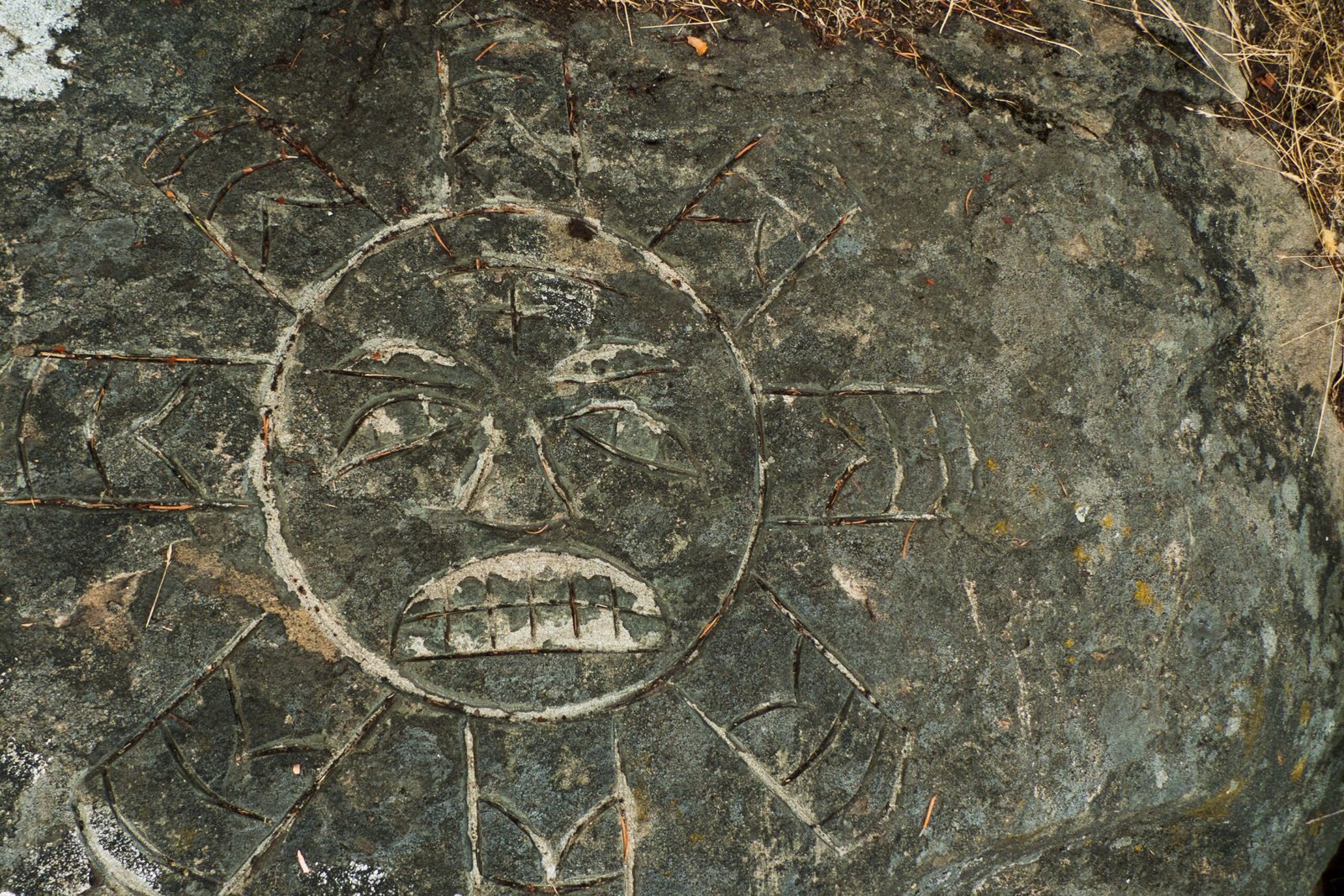
For the Haida people, these ancient tools are not just museum pieces—they are living links to ancestors and traditions. The skills, stories, and values of the past survive in modern art, language, and ceremony. Haida carvers still shape cedar with techniques passed down for generations, echoing the ingenuity of their forebears. The rediscovery of ancient sites strengthens cultural pride and identity, reminding all of us that history is not just something to study but something to live.
A Living Landscape: Haida Gwaii Today
Today, Haida Gwaii remains a place of awe and wonder—a wild, windswept land where eagles soar and ancient forests whisper. Visitors come from around the world to hike its trails, paddle its waters, and immerse themselves in its rich cultural tapestry. Every stone, tree, and tide pool carries the imprint of those who came before. The islands’ enduring beauty and mystery remind us that the past is never far away, if only we take the time to look and listen.
The Mystery Endures: What Will We Discover Next?
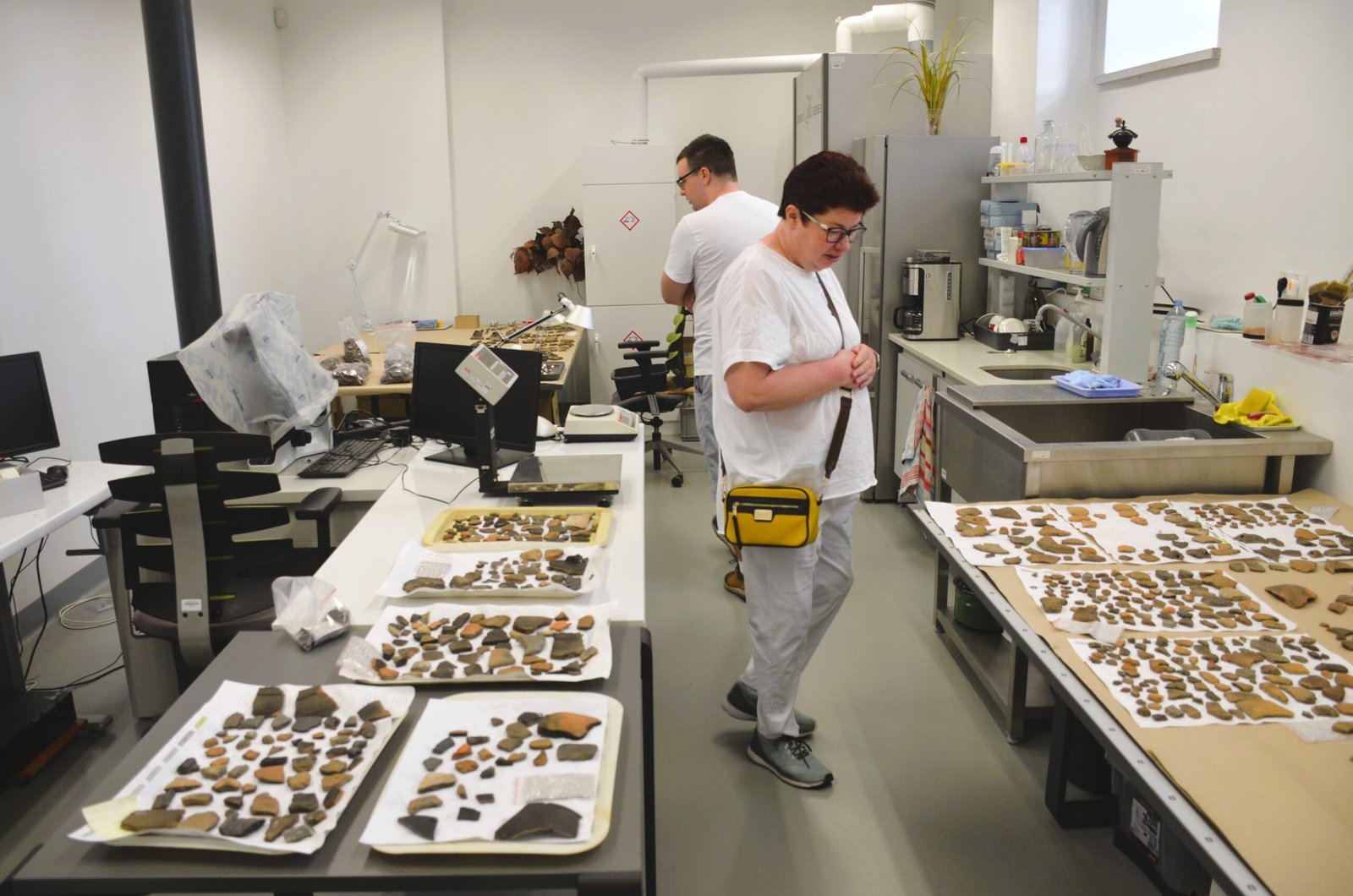
Despite all that’s been found, Haida Gwaii still holds countless secrets. New sites are being discovered every year, some in the most unlikely places—buried in bogs, hidden in caves, or submerged beneath the sea. Each find raises fresh questions: Who were these first settlers? What drove them onward? How did they shape the world we know today? The search for answers continues, driven by curiosity, passion, and a deep sense of wonder at the resilience of the human spirit.


